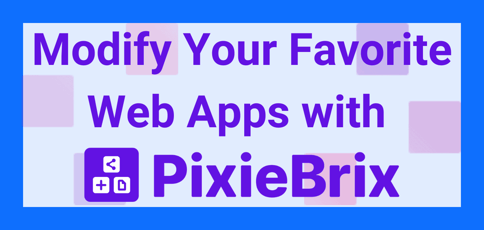
TL; DR: Finding the right tool that fits all your needs can feel like a fantasy that may never come true. Enter PixieBrix — a low-code platform unlocking your creative power to customize web applications, tailoring them to your preferred workflow. (And yes, you can even make confetti rain on your screen whenever you check off a task!) Brittany Joiner, Head of Developer Relations at PixieBrix, breaks down how PixieBrix’s core mission is a cost- and time-saving game changer for developers and employees.
Whether you work remotely, in-office, or a mix of both, take a moment to think about all the web applications and browser extensions you use each day. As for me, I’m no stranger to Grammarly to refine my writing, Read Aloud for audio playback of my articles, and BeFunky for editing images.
These tools help get me through the day and ensure I’m doing the same quality work. But sometimes, I wish they could each do something a little different, whether that’s a tool that doesn’t yet exist or a feature I could do without.

With PixieBrix, it’s finally possible. PixieBrix empowers Google Chrome users to craft custom browser modifications (mods) that let them optimize workflows, minimizing context switching and personalizing their favorite web apps.
I’m excited to bring PixieBrix into the spotlight because it’s a solution I never knew I needed but am so glad exists.
Brittany Joiner, Head of Developer Relations at PixieBrix, summed it up best: “Not every tool is going to work the way you want it to where you need it to, so PixieBrix is all about customizing your user experience (UX),” she said. “Our mission is to empower everyone to create the perfect UX for the technology that matters most to them.”
PixieBrix Is Like a Gaming Mod — But Instead, for Web Apps
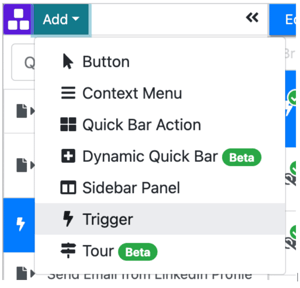
I’m no stranger to mods for my games. It may be as simple as more career options for my Sims or map skins for my League of Legends gameplay. If you’re like me, then the idea of PixieBrix isn’t too far from what you already know how to do.
The difference is that PixieBrix empowers you to shape your digital landscape effortlessly.
“The whole point of PixieBrix is to customize it what you need it to be,” Brittany explained. “It’s a local browser automation tool where you can fetch data, post wherever you want, add buttons to manipulate the page to trigger those actions — all in different ways.”
(Watch Brittany build a mod in less than six minutes.)
Anybody can use PrixieBrix, but it’s a handy solution for developers and businesses. Even so, Brittany noted there’s a “sweet spot” for who PixieBrix may appeal to or work for.
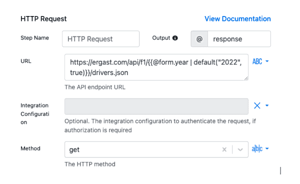
“We want to help more people build their automation and customize their tools to fix their exact workflows,” she said. “There is a sweet spot, for sure: We want to be the tech-savvy choice for the experts while keeping things simple for those who are less technical but still feel as empowered.”
PixieBrix is hosted by Salesforce Heroku in the US. It’s built on Amazon Web Services (AWS), which commands the largest market share in web hosting. In other words, when you’re coding with PixieBrix, you can do so with confidence, knowing it operates on one of the most secure platforms on the web.
PixieBrix gets its name from the “bricks” it uses to plug and play how apps and websites work. In this context, bricks are any action performed — from opening a new tab to pasting something in a blank document.
- First, you’ll start with the starter brick. Bricks create modifications. Your starter brick may be buttons, menus, shortcuts, triggers, or panels.
- Then, chain the bricks together to build your mod. Bricks can perform different functions, including extracting data, collecting input, transforming data, integrating with third-party apps, storing data, and much more.
- Package, deploy, and share your mod in just a few clicks. If you’re creating a mod for your team, easily control access by role or group. If you’re catering to an enterprise, authenticate through trusted services and quickly deploy at scale.
Use PixieBrix to improve your web apps, customize interactions, and streamline team operations.
Some of the ways you can use PixieBrix include:
- Make support tickets automatically from customer emails in your system.
- Speed up customer orders from Salesforce using your stock service console app.
- Add your favorite APIs (translation, payments, social media, or calendars) to any website.
- Connect PixieBrix with educational software to automate student enrollment, course updates, and grading.
- Simplify HR tasks by integrating PixieBrix with your existing software for onboarding or leave requests.
There’s no limit as long as you use your imagination. Once you get comfortable with the editor, creating a mod can take minutes.
Streamline Operations and Slash Costs with Custom Mods
I’ve had jobs where dealing with multiple content management, project management, and time-tracking tools was a real challenge.
For example, logging details in Trello required aligning them with the WordPress content system while independently tracking time on Toggl for each task. The manual data entry alone took up a significant chunk of my time every week.
This is called context switching — and there’s a considerable cost. It takes the average person nearly 10 minutes to get back into a workflow after switching between apps, and 45% of employees say it makes them less productive.
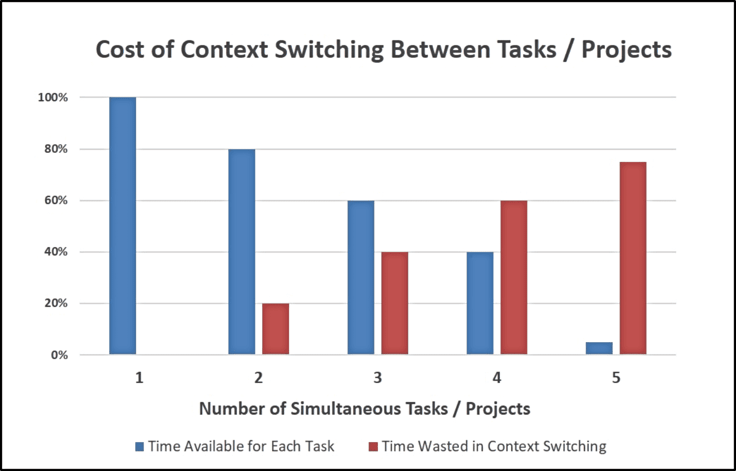
Thankfully, with tools like PixieBrix, there’s hope. It reduces costs by streamlining automation, allowing companies to achieve more with fewer developers and avoiding the need for multiple expensive tools.
“Rather than paying for enterprise licenses for every member of your team, you can use one API to help individuals surface the information they need,” Brittany said. “It’s not just about finding one tool that does everything or juggling multiple tools; the idea is to make the tools talk together so you don’t need to use five different platforms to customize your workflow.”
PixieBrix also helps developers create solutions for teams, making operations smoother and reducing time spent on frequent bug fixes. In turn, this could cut operational costs by up to 40%.
See how devs can automate tasks for customer support teams by generating responses to queries:
“Devs can create full-scale automation with what you already have — which means you don’t have to add to your headcount to meet the company’s needs. Just imagine the possibilities for your developers when they have more time freed up from handling automation tasks and modifications,” Brittany explained.
For example, let’s say your customer support team relies on pre-made templates for handling customer inquiries. With PixieBrix, developers can create a tool that empowers the support team to manage and update these templates, eliminating the need to generate new ones for their knowledge base.
The result? Accelerating the support team’s response time and liberating them from needing to approach developers for minor updates or fixes. That sounds like a win-win to me.
Automate Your Mods with PixieBrix’s AI Copilot
PixieBrix’s AI Copilot effortlessly integrates with your favorite artificial intelligence (AI) app and personalized AI prompts, streamlining content creation.
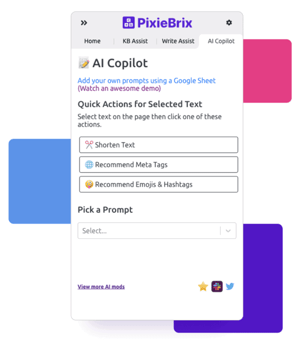
You can access your prompt manager from anywhere, enhancing developer agility by enabling AI assistance directly within the browser, minimizing the need for context switching, and providing a smoother and more efficient workflow.
Say you’re writing a blog post and need a captivating title. With PixieBrix, the AI Copilot lets you effortlessly select content on the page, prompt the AI for title suggestions, and directly inject the response into the Title field. This eliminates manual copy-pasting and allows real-time adjustments with just a click, whether you’re using ChatGPT, Quillbot, Bard, or Jasper.
“Generative AI is awesome, but there’s still a bunch of copying and pasting. You’re in one context copying stuff, hopping over to your AI tool to put in details. Then it spits out something, and you’re going back here to paste it,” Brittany noted. “With PixieBrix, we want our AI Copilot to act as the AI’s hands, feet, eyes, and ears to capture context and eliminate the need for context switching.”
As for what’s next, PixieBrix aims to be more inclusive to other users.
Right now, PixieBrix works smoothly on Google Chrome, and the team is working to make it compatible with Microsoft Edge.
The next action plan is to make it accessible to all users, especially those without coding expertise, so they can effortlessly create, customize, and scale apps to fit their needs.
There’s no set date yet, but I have no doubt PixieBrix will continue doing great things. Try PixieBrix for free on Chrome, or schedule a demo for your business today.



